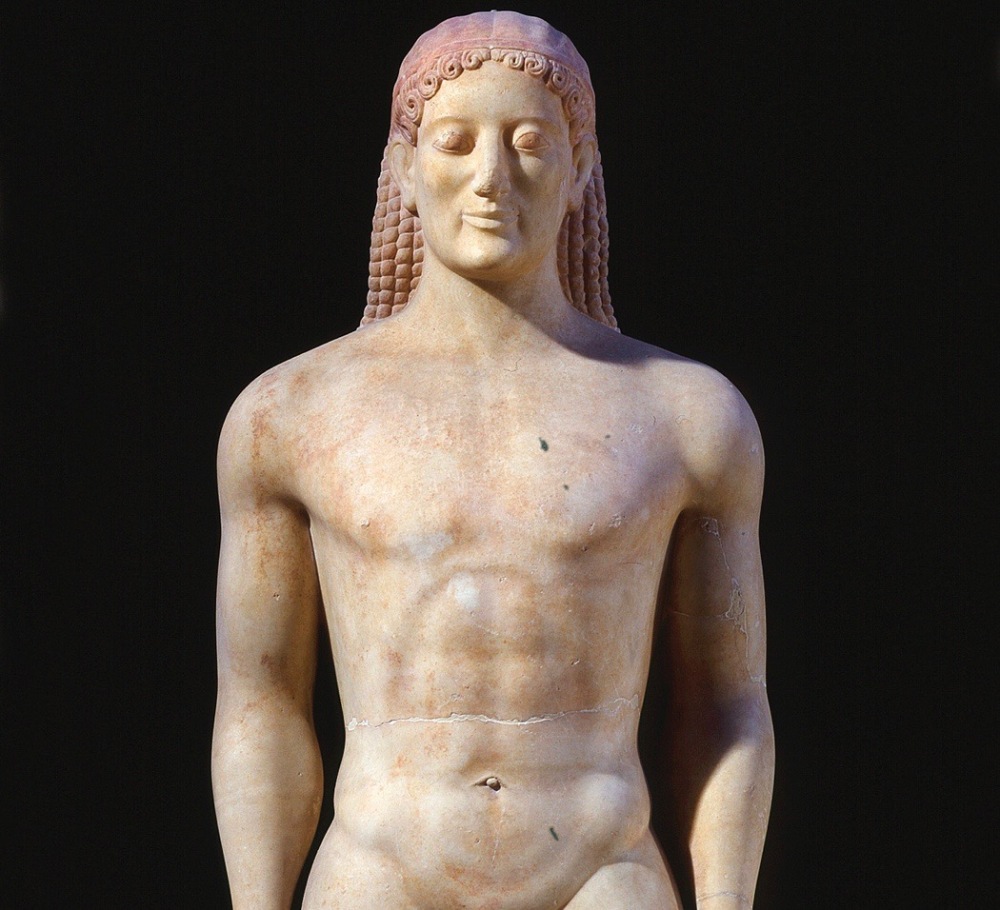The Biblical JEM, as we will discuss, will reveal the Biblical figures of Dinah and Delilah as perhaps betters candidates than Queen Esther in describing the infiltrating, double-dealing Jewish honeypot. Dinah, the lone daughter of the homely Leah, is possibly indicated Jewish in the JEM. Yet even Dinah is not a descendent of Judah through which Jewishness is ostensibly established. Yet like Delilah, she is closely connected to the circumcision, emasculation and destruction of non-Jewish competitors as this study discusses.
Indeed, perhaps the strongest case for the definitive Jewess in the Hebrew Bible can be made with Delilah, appearing in Judges, who is paired with the Aryan figure of Samson. Delilah is initially described as a woman from Sowrek, a place that means “choice vines.” It connects her to vines, a clear symbol of Jewry in JEM. To be sure these are grape vines and the connection is also to wine. Hence it seems to indicate her a Bacchanal figure like Judah as this study explicates. The narrative describes how the Angel who prophesized Samson, and likely fathered him, insisted that his mother not “eat anything that comes from the vine or drink wine or strong drink.”[1] Obviously Delilah, who will betray Samson to the Philistines by cutting his hair, the source of his strength, represents a corrupting figure in this regard.
Samson name means “man of the Sun.” It is derived from the root Shemesh, שִׁמְשׁ, a reference to a Mesopotamian solar God, Shamash, ultimately understood as subservient to the Semitic Lunar God Nanna/Sin as this study explicates. In the Hebrew it also means “sun,” “attendant,” and “servant.” Doubtlessly it expresses an understanding of Aryans as servants to Semites or Jews. Samson is raised a Nazarite loyal to the Elohim. Elohim, meaning Gods, is distinct from Yahweh, who is the Jewish God, as this study explicates. As instructed by the Angel that prophesized his birth, “no razor shall come over his head.”[2] To wit, his hair may not be cut. That Samson is likely conceived by an Angel who prophesies his birth to a mother otherwise unable to conceive with her husband, likewise suggests Samson Aryan. Angels are Aryan figures as this study explicates.
Samson’s famous uncut, braided hair is possibly a reference to the Kouroi and the youth they represented. The Kouroi were statues of youth associated with the Apollo cult believed to first appear around the seventh century BC in the Cyclades. The Book of Judges, in which the Samson story appears, is commonly posited as having been composed in the 8th century BC. However most Biblical scholars believe that Judges, along with many books of the Hebrew Bible, were composed in their current form in the late seventh or early sixth century BC. The hair of the Kouroi, like Samson’s, is typically depicted as braided.

Nevertheless the cutting of Samson’s hair is certainly a reference to circumcision. Here, as this study explicates, as with baptism and the anointing of the head, the head becomes a metaphor for the penis. That Samson’s hair is described as being comprised of “seven braids”[3] before it is shorn by Delilah is almost certainly a reference to Saturn, a reaping, castrating and circumcising Jewish God as this study explores. Here the number seven is a numerological reference.
This reference to circumcision is corroborated in Delilah’s name. Delilah’s name means “she dwindles.” It appears from the root dalal, דָּלַל, meaning “be low,” “fade,” “thin” in the Biblical Hebrew and “dilute,” “thin,” “rarify” and “water down” in the Modern Hebrew. The meanings of “dilute” and “water down” are very close to the meanings given for l’mahol, למהול, meaning to “circumcise,” “mix,” “dilute,” and “water.” What is suggested here is that admixture with Jews itself represents a weakening, adulteration or dilution of the Aryan.
That Samson’s eyes are poked out by the Philistines after his hair is cut and he is captured is likely a reference to sodomy. Here the eye or ayin, עַיִן, becomes a symbol for the vagina and the anus in JEM as this study explicates. That his tale ends as he is pushing apart two pillars while “entertaining” the Philistines, perhaps suggests him between two legs of a male lover. Indeed, pillars as a metaphor for legs is something we encounter for instance in the important Song of Solomon whence many metaphors, particularly sexual metaphors, find their expression. There we understand the male lovers legs “are pillars of marbles.”[4]
Hence the Jewess Delilah, if not Jewry in general, is understood as having a castrating and emasculating effect on the Aryan male. To be clear, the Philistines, described in multiple instances in the tale as “the uncircumcised,” and the Nazarite Samson are, at least initially, of the same Elohim-worshiping, uncircumcised race. Hence the tale esoterically describes their effeminacy as the cause of their destruction. It indicates corrupting Jews and perhaps in particular untrustworthy, adversarial Jewish women as the cause of this effeminacy. We will encounter other Biblical parables with very similar esoteric themes. Along with Delilah, the mythical “pagan” figure of Hecate or Trivia is definitive in describing the elusive phenomenon of the Jewess. The JEM will corroborate this.
[1] Judges 13:14
[2] Judges 13:5
[3] Judges 16:13
[4] Song of Solomon 5:15
5 thoughts on “Delilah: the emasculating and circumcising Jewess”